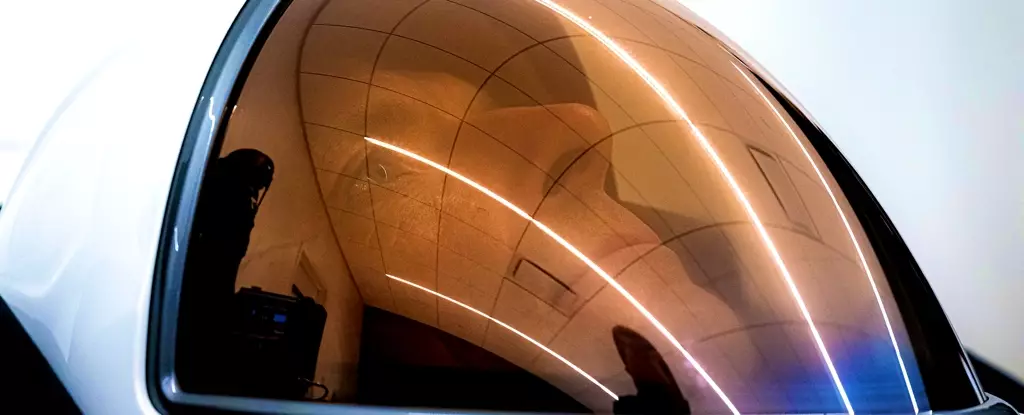The Polaris Dawn mission has been making waves in the space community due to its groundbreaking feature of the first-ever spacewalk by commercial space travelers. This mission, backed by Elon Musk’s SpaceX, does not include any professional astronauts among the crew. Instead, it consists of a diverse group including a businessman, a fighter pilot, and two SpaceX employees. The significance of this mission lies in its emergence as a privately-funded venture in orbital spaceflight, in contrast to the government-backed US Artemis missions aiming to return humans to the Moon.
Ambitious Goals and Risks
Scheduled for launch from Florida’s Kennedy Space Center on August 28, the four crew members of Polaris Dawn are set to travel further from Earth than any humans have ventured since the Apollo missions, reaching up to 1,400 km in altitude. Along with the historic spacewalk, the crew will navigate through the Van Allen radiation belts to conduct tests on the effects of space radiation on human health. Additionally, experiments related to vision in microgravity and a laser-based communication system will be carried out to pave the way for future space missions to the Moon and Mars.
The Brave Crew
The crew of Polaris Dawn comprises Jared Isaacman, the spacecraft’s commander who is an American businessman on his second commercial SpaceX mission. Scott Poteet, a retired US Air Force lieutenant colonel, serves as the mission’s pilot. Mission specialist Sarah Gillis, a lead space operations engineer at SpaceX, is scheduled to perform the spacewalk alongside Isaacman. Lastly, Anna Menon, another mission specialist and medical officer, leads space operations at SpaceX. The crew’s spacewalk will differ from those conducted at the International Space Station due to the Dragon capsule’s hatch, requiring the spacecraft’s interior to be depressurized during the EVA.
The Evolving Spacesuit Technology
During the spacewalk, Isaacman and Gillis will rely on EVA suits designed by SpaceX, offering a more streamlined alternative to the bulkier NASA suits. Unlike NASA’s Extravehicular Mobility Unit, SpaceX’s suits will receive life support through umbilicals attached to the capsule rather than a backpack. This evolution in spacesuit design signifies a shift towards more efficient and effective technology in space exploration.
The Polaris Dawn mission serves as an inspiring endeavor that transcends mere space exploration. Jared Isaacman’s previous mission raised millions for charity, and with Polaris Dawn, the crew aims to continue this impactful work by fundraising for childhood cancer research at St Jude Children’s Research Hospital. Through health-related experiments conducted during the mission, the crew seeks to contribute to advancements in medical research. This mission, part of the privately-funded Polaris Program, marks a step towards democratizing spaceflight and inspiring future generations to engage with the wonders of space.
Utilizing the Dragon spacecraft named Resilience, which played a pivotal role in launching US astronauts from American soil in 2020, the Polaris Dawn mission underscores the connection between the accomplishments of the past and the innovations of the present. This mission symbolizes not just a leap in space exploration but also a bridge between generations, fostering a collective vision of human expansion beyond the boundaries of Earth.


Leave a Reply